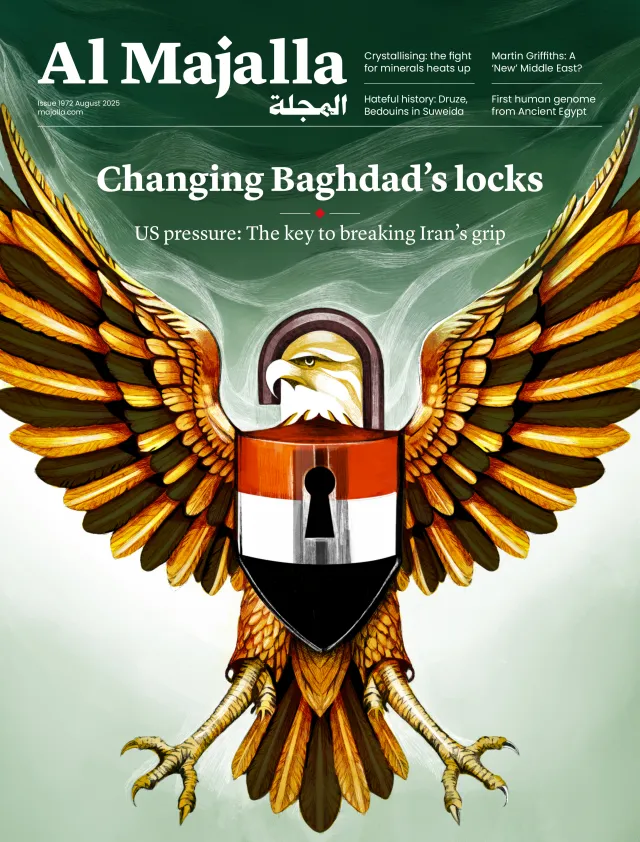As Syria struggles to contain the fallout from the recent clashes in Sweida, tensions in the northeast are rapidly approaching a boiling point. The Autonomous Administration’s 8 August conference in Al-Hasakah—intended to strengthen its negotiating position—backfired, reigniting long-simmering tensions with Damascus. In a forceful response, the Syrian government withdrew from the planned Paris talks, denouncing the gathering as a direct threat to the country’s territorial integrity.
With diplomacy now at a standstill, tribal leaders in the northeast have begun mobilising forces and are openly calling for armed confrontation with the Syrian Democratic Forces (SDF). Recent skirmishes between tribal forces and the SDF in Deir ez-Zor, though limited in scale, suggest that tensions may have already spilt beyond rhetoric and into dangerous territory.
The warning signs are clear and increasingly alarming. The critical question now is whether tribal forces will attempt to replicate the military campaign seen in Sweida, this time targeting the SDF in the northeast. And if they do, will Damascus step in to halt the escalation, or remain on the sidelines, aiming to leverage the unrest to reassert control over Arab-majority areas it has long sought to reclaim?
Tensions between Damascus and the Autonomous Administration have long simmered beneath the surface, despite the 10 March agreement that outlined a framework for integrating civilian and military institutions in the northeast into the Syrian state. However, the recent Al-Hasakah conference caused simmering tensions to boil over, raising serious concerns.
This was largely due to the participation of controversial figures in the conference, primarily Druze spiritual leader Sheikh Hikmat al-Hijri from Sweida and the Supreme Alawite Islamic Council Ghazal Ghazal, which the Syrian government viewed as a direct provocation. Their presence was interpreted as an attempt to forge cross-regional alliances against Damascus.




